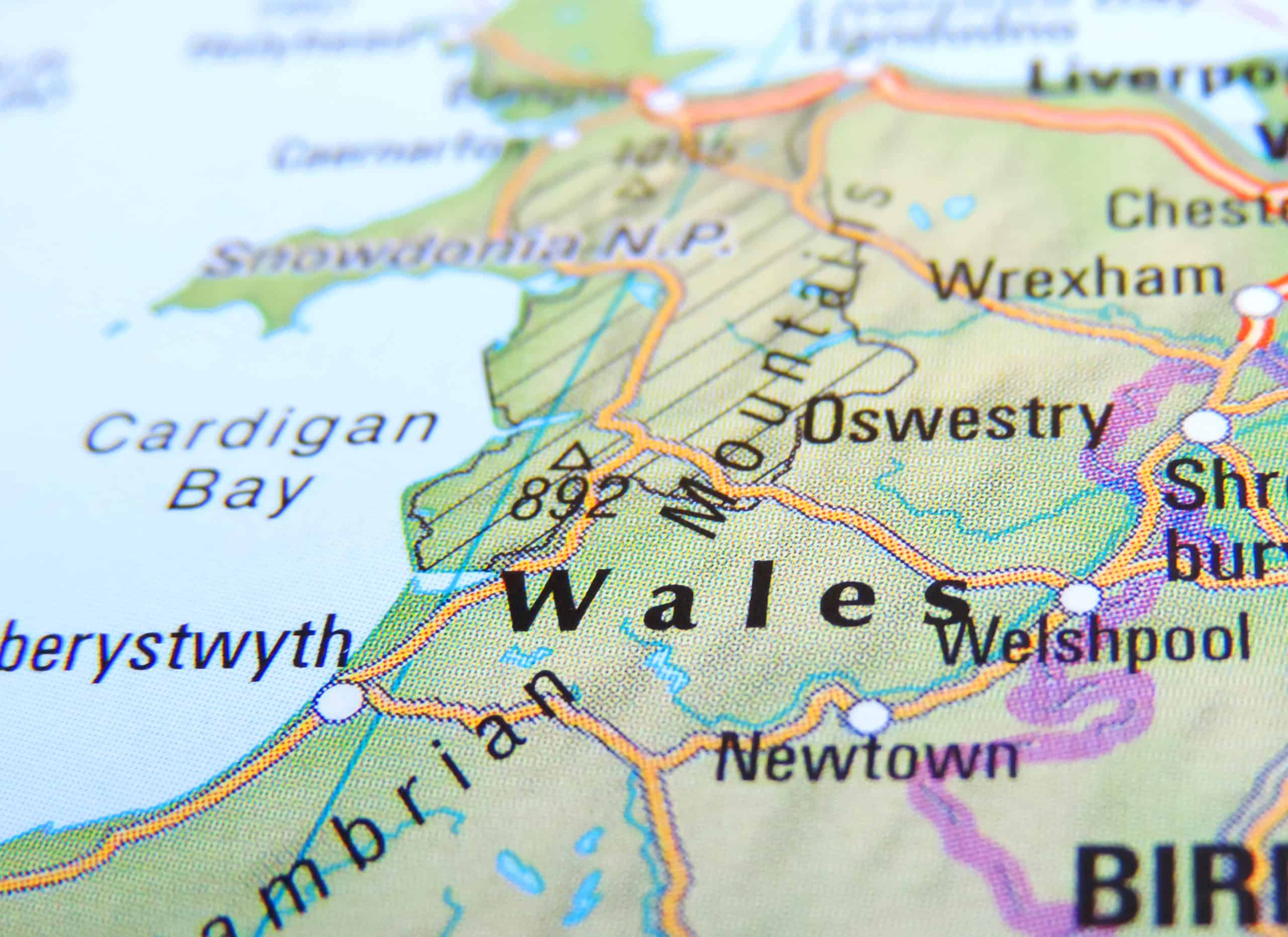
This marks the third consecutive quarter where annual house price inflation has been in double-digit percentages – the strongest performance since the mid-2000s.
Every local authority in Wales experienced a rise in house prices in Q3 when compared annually, with an increase of more than 15% in nine of the 22 local authority areas.
In particular, Blaenau Gwent (£128,454) and Wrexham (£214,283) both reported increases of 22.5% and 20.8% respectively. In total, 12 areas including the cities of Cardiff (£289,596), Newport (£239,307) and Swansea (£208,672) recorded double digit percentage increases.
Tom Denman, chief financial officer at Principality Building Society, said: “The Welsh housing market, like those elsewhere in the UK, has outperformed expectations this year.
“Demand has been higher and more resilient than many expected, and although market support in the shape of the Land Transaction Tax holiday and furlough payments has now ended, the scale of pent-up demand has been such, aided by savings accumulated in lockdown and continued low mortgage rates, that the market has continued to flourish.
“Going into the fourth quarter and into 2022, we can see that price expectations have been lowered and the rate of growth has slowed. Clearly there is now an expectation that interest rates will rise in the near term, albeit on a modest basis, and that this will still have an impact for many households and not least those active in buying and moving homes.”
During Q3, more than half of the local authorities (12) reported a fall in prices, up from three in Q1 and 10 in Q2, and indicative of the changes now working through the market.
The transaction data for Q3 provides the strongest evidence that there is an ongoing resurgence of demand, up by 52% in Q3 compared to the previous year.
Principality has estimated there were approximately 12,300 transactions in Q3, on a par with activity levels in the previous three quarters, and comfortably higher than the 2019 average of 11,000-11,500 sales each quarter.
Sales activity has seesawed over recent quarters as a consequence of the temporary Land Transaction Tax relief, but also due to the pandemic and lockdowns.
The rate of growth has begun to edge lower. Prices remain on an upwards trajectory- albeit the rate of increase slowed in the third quarter, despite this being one of the peak sales periods.



